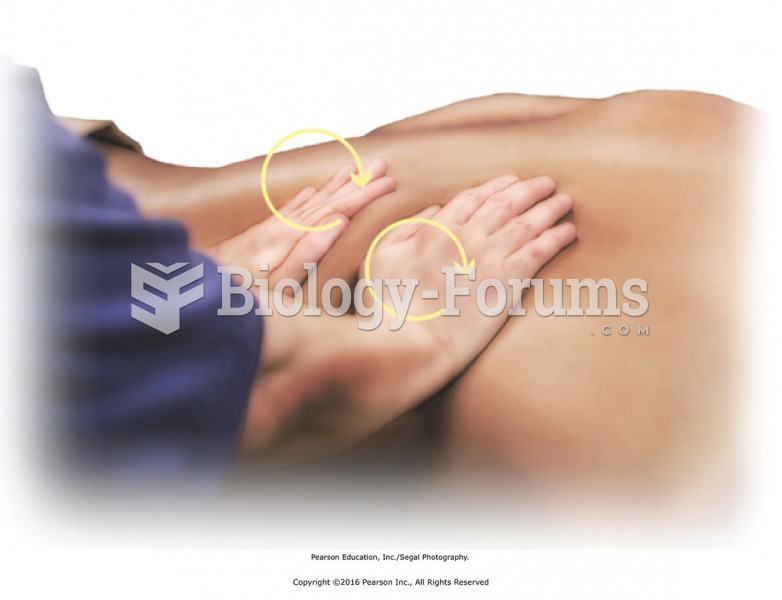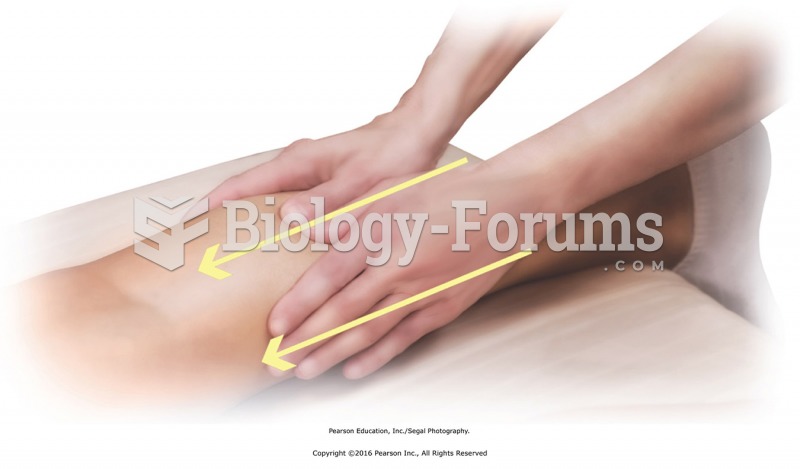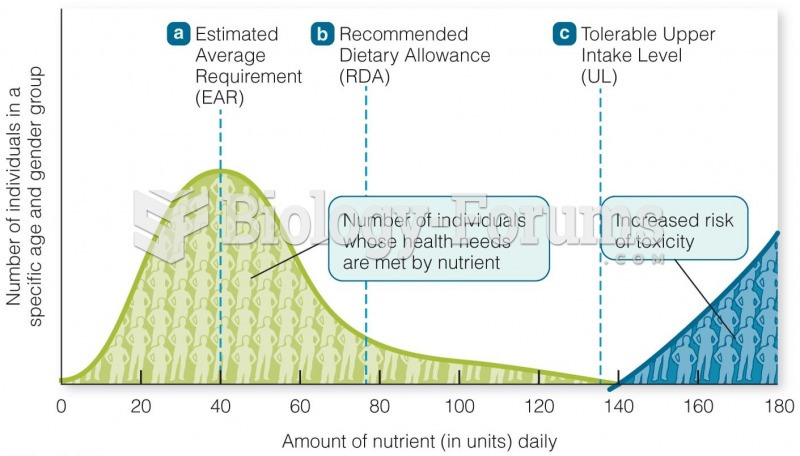|
|
|
Blood is approximately twice as thick as water because of the cells and other components found in it.
The eye muscles are the most active muscles in the whole body. The external muscles that move the eyes are the strongest muscles in the human body for the job they have to do. They are 100 times more powerful than they need to be.
Hip fractures are the most serious consequences of osteoporosis. The incidence of hip fractures increases with each decade among patients in their 60s to patients in their 90s for both women and men of all populations. Men and women older than 80 years of age show the highest incidence of hip fractures.
Children with strabismus (crossed eyes) can be treated. They are not able to outgrow this condition on their own, but with help, it can be more easily corrected at a younger age. It is important for infants to have eye examinations as early as possible in their development and then another at age 2 years.
Asthma cases in Americans are about 75% higher today than they were in 1980.
 Starting at the waist, apply circular two-handed petrissage over the entire right side. Keep hands ...
Starting at the waist, apply circular two-handed petrissage over the entire right side. Keep hands ...
 Apply stroking from ankle to knee, using both palms to slide along the calf muscles. If hands will ...
Apply stroking from ankle to knee, using both palms to slide along the calf muscles. If hands will ...
 Apply passive touch on the shoulder and hip. Stand in back and place one hand on the shoulder and ...
Apply passive touch on the shoulder and hip. Stand in back and place one hand on the shoulder and ...
 Rock the leg to create movement at the hip joint. Apply passive movements to mobilize knee and hip ...
Rock the leg to create movement at the hip joint. Apply passive movements to mobilize knee and hip ...



